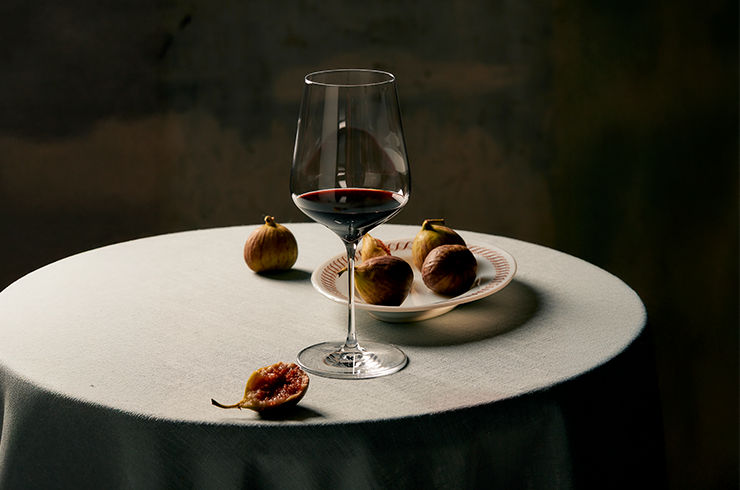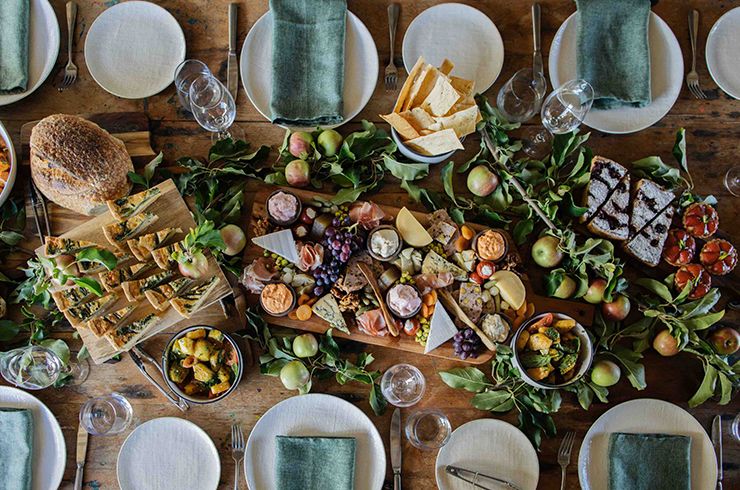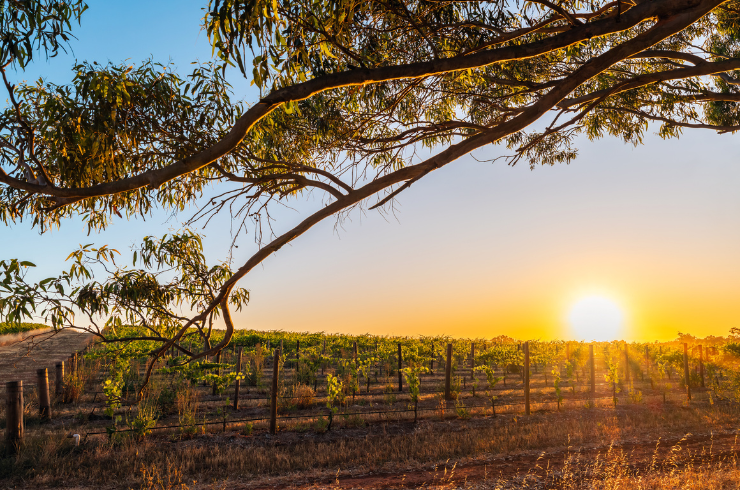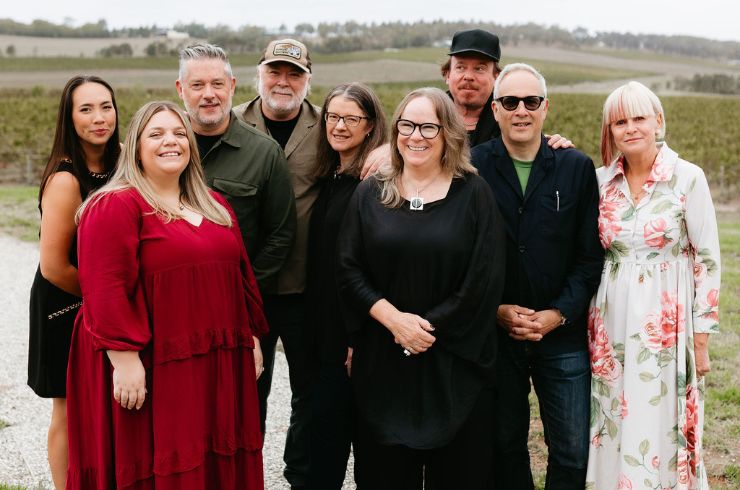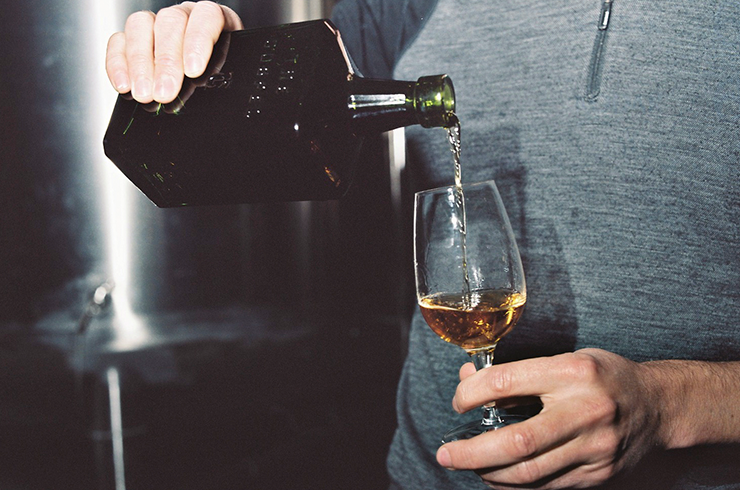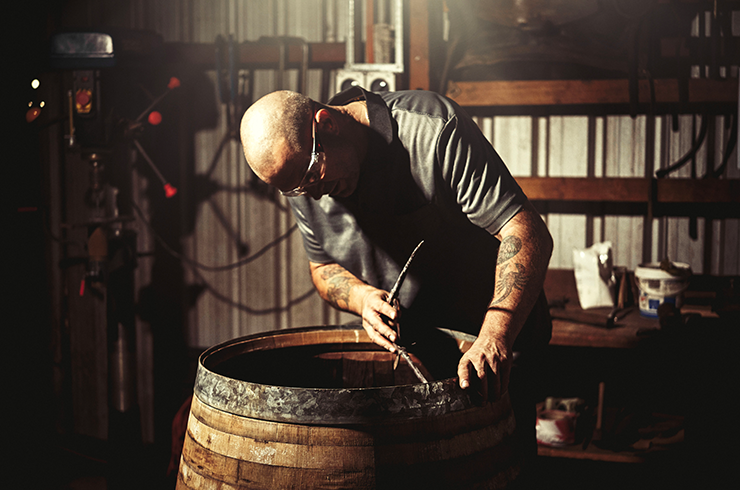Australia loves an RTD. From Jack & Cokes to Suntory 196, our appetite for tinnies of sugary booze is insatiable. In much of the rest of the world, these drinks simply don’t exist. You won’t find Johnny Walker & Cola cans in Scotland, or Jack (Daniels) & Coke in the USA. But here in Australia, we’re the third largest consumer of ready-to-drink alcoholic beverages in the world by volume, despite being only 55th in population. That’s a lot of bourbon and cola cans.
So how did Australia become ground zero for the premixed drink? And how have tastes changed to bring the humble RTD into the 21st century? With sales climbing steadily and myriad new entries into the category, it’s worth taking a deeper look into the future of the Aussie RTD.
The history of the RTD in Australia
While premixed drinks in glass bottles have a much longer history, Australia was probably the first place to ever make RTD cans. UDLs, those brightly coloured bevvys responsible for so many teenage hangovers, were first released in 1965, before aluminium was a thing. They came in steel cans and sported flavours like Brandy & Dry Ginger Ale, aimed at a young, hip crowd uninterested in their parents’ sherry and whisky. It was an innovation that would become a huge part of Australian drinking culture in the decades to come.
UDL stands for United Distillers Limited, who once owned the majority of spirits production in Australia. UDL eventually merged into UK-based company Diageo, one of the world’s biggest spirits manufacturers, whose Australian division still produces UDL cans as well as many other premixed drinks like Vodka Cruisers, Johnny Walker & Cola cans, and perhaps the most iconic Australian RTD of all, the Bundy & Cola.
The humble “black rat,” as many affectionately call the Bundaberg Rum and cola can, was first released in the 1980s. But even before the cans were available, it was sold in glass bottles starting all the way back in World War II, inspired by American GIs stationed here who enjoyed mixing our local rum with Coca-Cola. It may well have been the world’s first spirit and cola premix. Today, Bundy RTDs represent a whopping 87 per cent of total output from the Bundaberg distillery, dwarfing sales of their 700ml glass rum bottles.
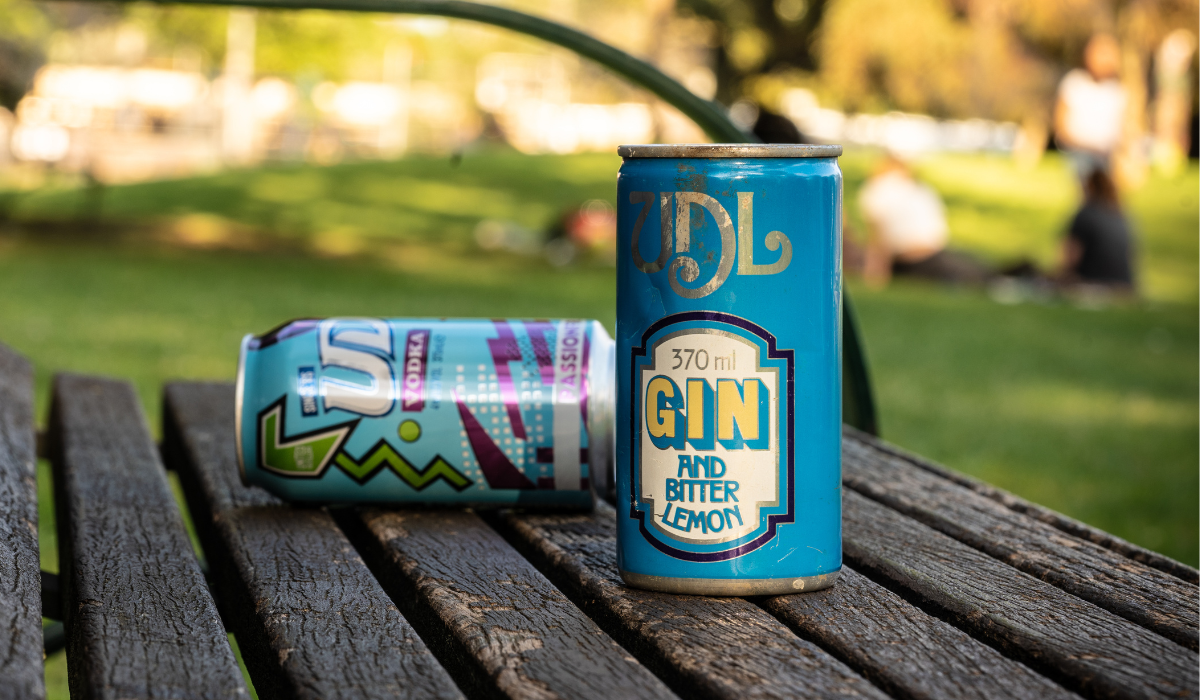
From boom to bust and back again
According to spirits expert Sebastian Reaburn, RTDs were enormously popular in the 1970s, then slowed right down when indexed excise tax for spirits was implemented in 1983. “In the ’80s and ’90s, wine coolers started dominating RTDs because they were cheaper due to the tax difference,” explains Sebastian. “So United Distillers went to the government and said, why should we pay more tax on a UDL than a wine cooler? It’s the same amount of alcohol.’” As a result, there was a tax discount applied to RTDs in the late ’90s, and that’s when they really took off.
“It was a national phenomenon, RTD culture was really built in this period and continued until the mid 2000s when the tax break was removed,” Sebastian explains (remember the ‘alco-pops’ debate?). “At that point the premix market gets slammed, so it’s the Jack Daniel’s, Bundy, and Jim Beam premixes that come out as the winners because of brand loyalty,” he says.
It was a dark time for the RTD market in Australia, with once-popular premixes like Bacardi Breezers unable to compete on price with wine, beer and cider. With the rusted on dark-spirit-and-cola drinkers the only ones left buying RTDs in volume, the culture around premixes shifted, with many Aussies thinking of them as “bogan” drinks. It was a decline that would continue until the pandemic changed drinking patterns again in a massive way.
“Since the Covid lockdowns, RTDs have been the only sector of the Australian drinks market that’s been growing steadily, largely driven by white spirits premixes and ready to drink cocktails,” says Jodi McLeod, Head of Premix for Diageo Australia. In fact, RTD consumption in Australia has doubled in the years since the pandemic, from 10 per cent of the population to over 20 per cent consuming RTDs regularly in 2024.
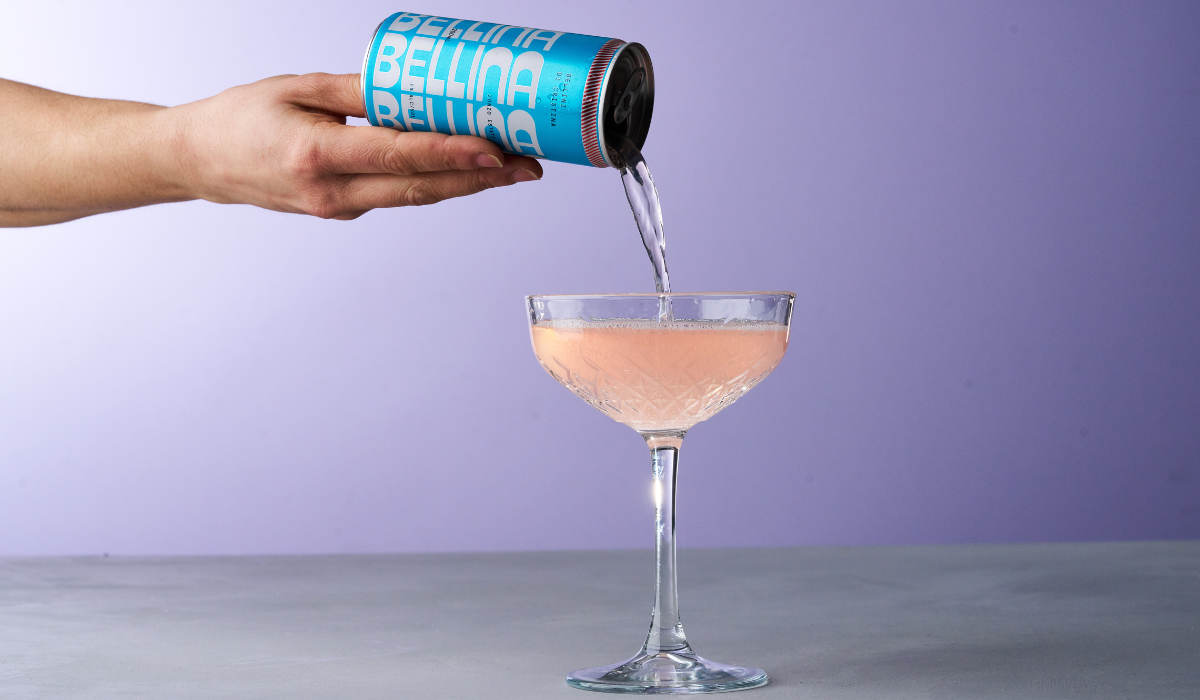
Why do Australians love RTDs so much?
Jodi thinks the Aussie love of RTDs comes down to climate and lifestyle. “We want things to be ice cold and refreshing, and cans stay chilled in an esky full of ice. Australians were already drinking beer in cans, so it was easy to translate to mixed drinks.” Convenience also has a big influence, she says. “So many of our drinking occasions are out of home; picnics, barbecues, going to the beach. Glass is heavy, not very convenient, hard to keep cold,” she says, so canned RTDs make a lot of sense.
The RTD market today
But beyond the simple fizzy drink + booze formula, there have been a multitude of more interesting, craft-style premixed drinks hitting the market in recent years. Now, you can get cans filled with everything from espresso martini to alcoholic passion fruit-flavoured sparkling coconut water, all made right here in Australia. The number and variety of flavours is staggering, with a search on the Dan Murphy’s website turning up over 400 results in the premix category, which includes only a fraction of what’s being made by Australia’s many craft distilleries and emerging canned cocktail brands.
Sebastian is also a judge at the Australian Distilled Spirits Awards, where RTDs were included this year for the first time in the competition’s 10-year history. Asked why now, he says it’s down to quality and variety. “Overall, the entrants were excellent," he says. “It’s such a big part of Australian drinking culture and it feels like there’s now enough independent, interesting products available that it was time to recognise them.” Sebastian says the best examples from this year’s awards included “the Yuzu Chuhai from Reed and Co Distillery (a ready-to-drink canned cocktail featuring Koji Spirits rice shochu and fresh local yuzu) was so delicious. Artillery’s Oolong Gin Tea RTD was extraordinary, too,” he says.
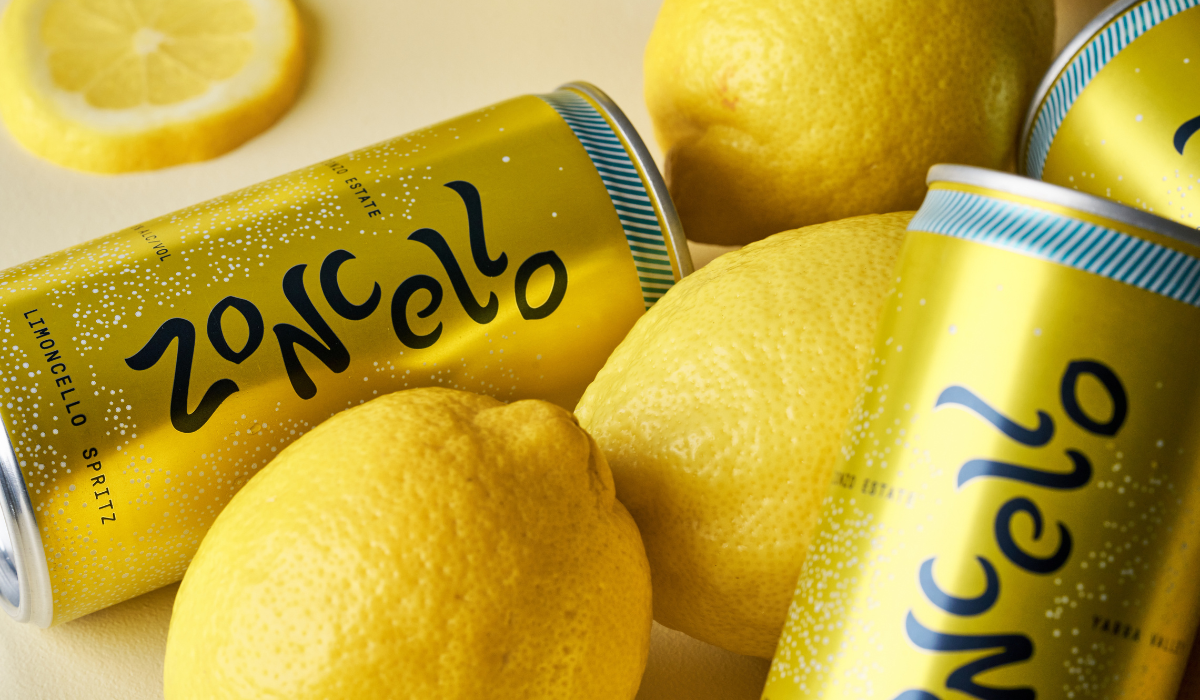
The Australian wineries making RTDs
Not to be left behind, the nation's wineries are also jumping aboard the RTD bandwagon with gusto. Enter the canned spritz, an evolution of Australia’s long love affair with bubbles and our more recent adoption of the Aperol spritz as a summertime favourite. Wine-based RTDs have the advantage of being taxed at a much lower rate than anything containing spirits, so if bang-for-your-buck is important, these tinnies are a winner.
Victoria’s Zonzo Estate winery in the Yarra Valley has recently released two new canned spritzes, a peach and prosecco bellini they’re calling Bellina, and Zoncello Spritz made with their award-winning limoncello. Both products were previously available in 750ml glass bottles, but have now been reformatted as single-serve cans, a response, they say, to demand from customers. “A lot of our consumers wanted a single-serve product,” says Zonzo’s director Rob Micallef, “so we knew there was a market for it, and it lends itself to being taken on all kinds of adventures.”
“This is our first time in the RTD market, which can always be a little daunting. But the reception to these products thus far has been overwhelming, in the best possible way,” says Rob. The meteoric rise of homegrown canned cocktail companies like Curatif, with their simple not-quite-as-good-as-a-bar-but-better-than-you-could-make-yourself formulations (their negroni made with Four Pillars gin is spot-on), prove his point. Australian drinkers are ready to embrace the RTD once more.
I recently asked a colleague about her family’s favourite drinks. “Oh, my dad loves ouzo and coke,” she laughs. “Every once in a while, you can still find it in a UDL.”
This article first appeared in issue #77 of Halliday magazine. Become a member to receive four issues per year along with digital access to 180,000 tasting notes and other benefits.
Latest Articles
-
Win
Win a stunning collection of Plumm glassware and wine, valued at over $500
1 day ago -
Wine Lists
Top Christmas wines under $30 (and five worth splurging on)
1 day ago -
Wine Lists
Why you should drink Australian this festive season (and 80 of our best wines to try)
1 day ago -
From the tasting team
The Aussie wines the Halliday Tasting Team will be opening this festive season
1 day ago
